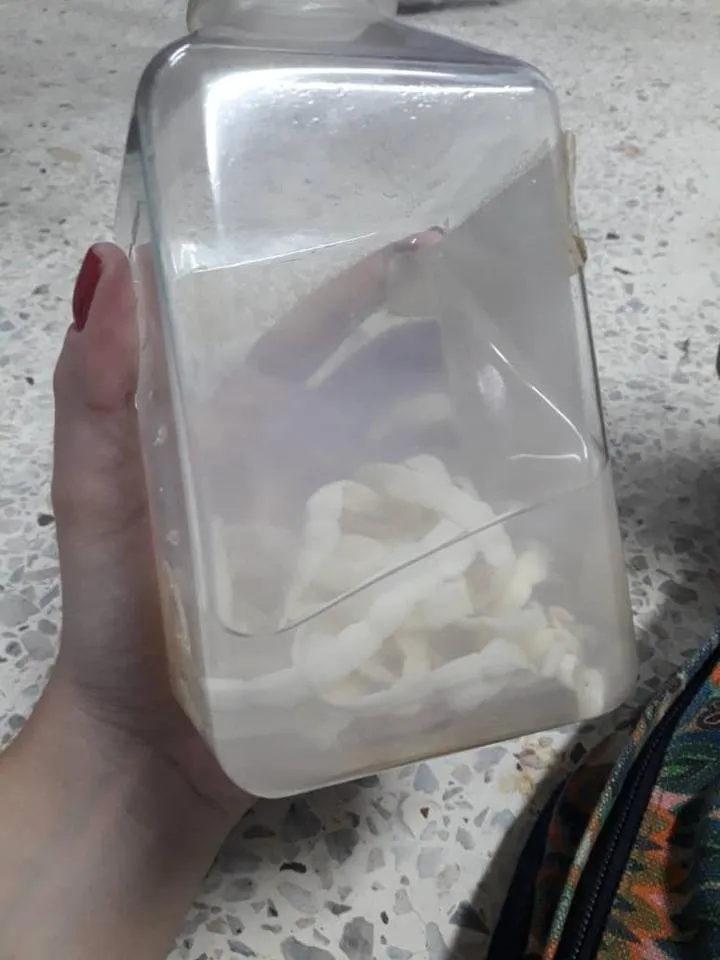This content was deleted by the author. You can see it from Blockchain History logs.
Parasitology: One cool subject!
Hello, my friends! Hope everyone is having a good week and is doing good. Well... Me, I've been kinda busy lately, because I recently started my classes at the university, that's why I'm not posting as much as I used to. I'm a med student so I have to study all the time, I can barely spend a little time for me, but don't get me wrong! I love medicine, but that's not the main topic for this post at all.
Today I want to share with you some pictures of my parasitology practices at my university. Even though my university doesn't have enough money and the needed conditions to function at it's best, we still try to make it work because education is first, right?
https://gateway.ipfs.io/ipfs/QmQTbhJHDFxZHAyhXKhiCzxSKsuCXaRXGVP6E2ACAtEYGG
At the first class we talk about the general characteristics of some parasites, so my teacher didn't explain much about each one of the parasites I'm gonna show you, he said we'll learn about it, one by one at each class.
So, here are some parasites:
 This one is called Ascaris lumbricoides.
This one is called Ascaris lumbricoides.

 This is Taenia solium. Our teacher said the first one was extracted from a cow and the second one from a pig.
This is Taenia solium. Our teacher said the first one was extracted from a cow and the second one from a pig.
 This little one, that you can barely see, is called Trichuris trichiura.
This little one, that you can barely see, is called Trichuris trichiura.
At my second practice of parasitology we observe some of this parasites throught the microscope, and let me tell you it was one of my favorites classes until now! You just got to see how amazing it looks, so here are some pictures:
 This is a fertile egg of Ascaris lumbricoides. As you can see it has a round shape, that's one characteristic that shows is a fertile egg. You'll see the difference between the infertile one in a bit.
This is a fertile egg of Ascaris lumbricoides. As you can see it has a round shape, that's one characteristic that shows is a fertile egg. You'll see the difference between the infertile one in a bit.

Alright, here we have an infertile egg of Ascaris lumbricoides. How do we know is not fertile? because of it's oval shape, that's the first characteristic that tell us is infertile.

This is a cross-section of a female species of Ascaris lumbricoides. The large hole in a oval shape is the digestive tube, it looks different between the male and the female.

And the last one is called Toxocara cati. This one is generally found in the cats, but sometimes can be found in the humans too, even though is a parasite from the cats, and can get complicated in the humans if it's not treated well. This one was actually found in a cross-section of the lungs, where you can see the larvaes as a red or pink circles.
Well, my friends, I hope you liked and enjoyed my post! I thought it was an interesting and amazing topic, and I really wanted to share this pictures with all of you. Greetings!







